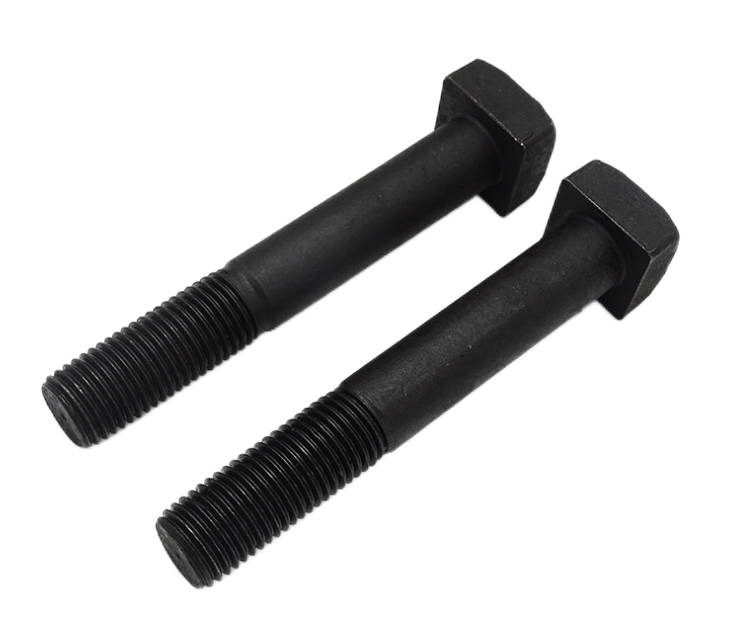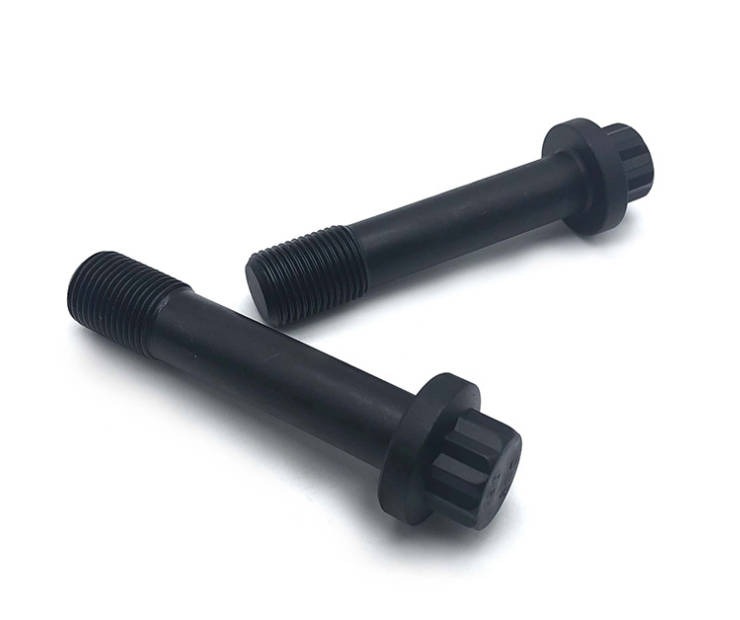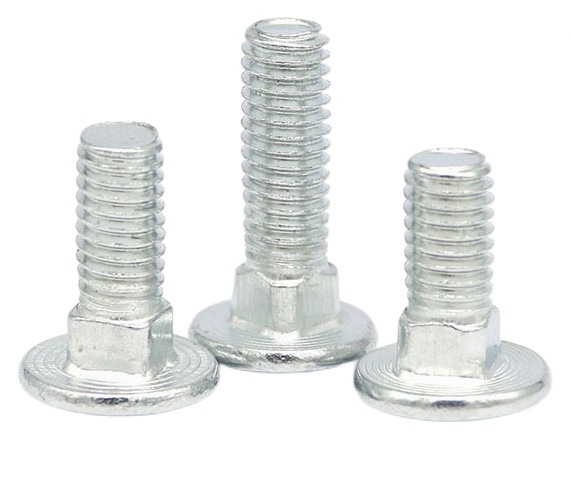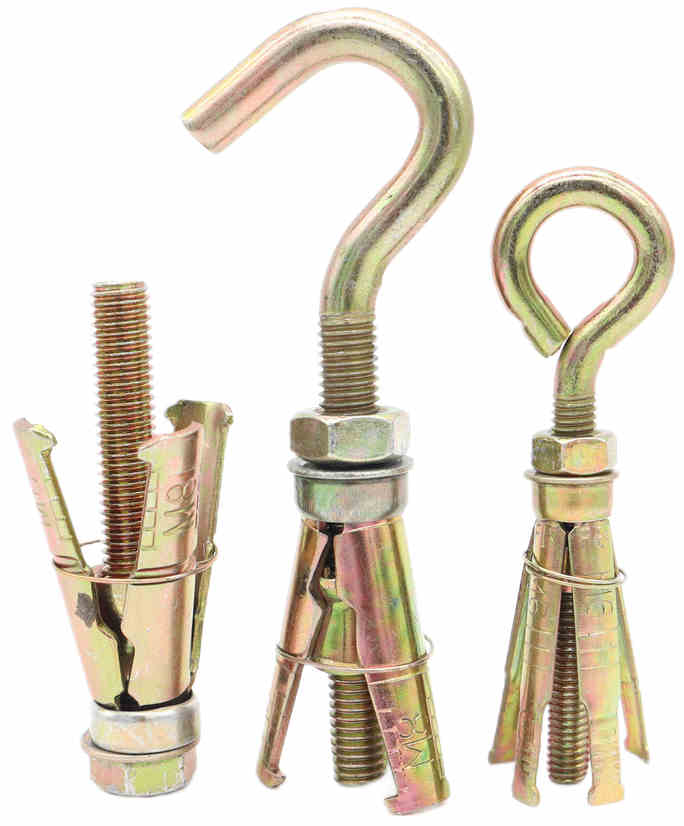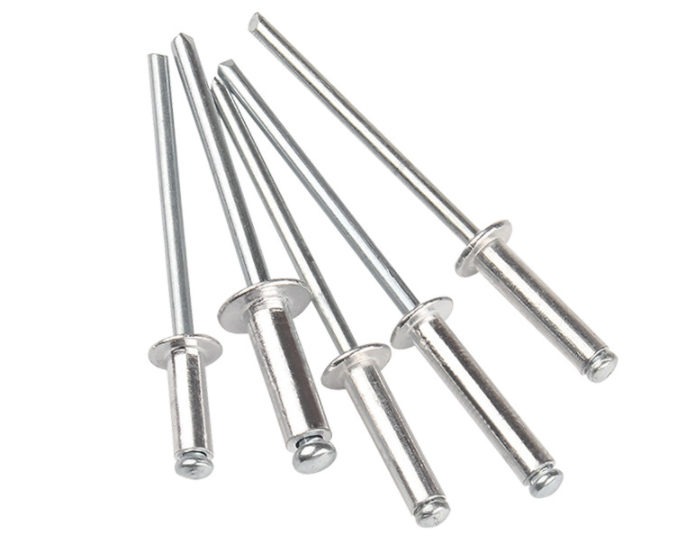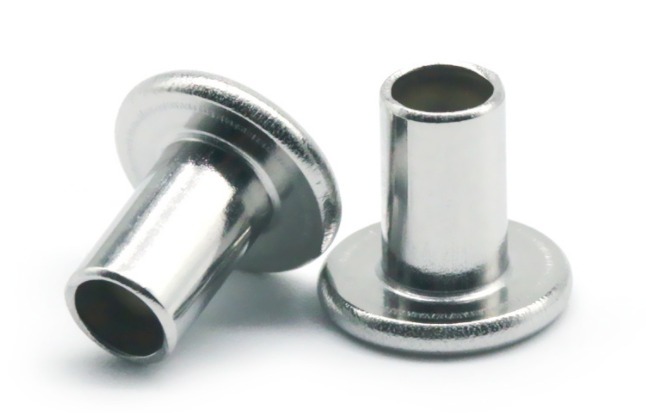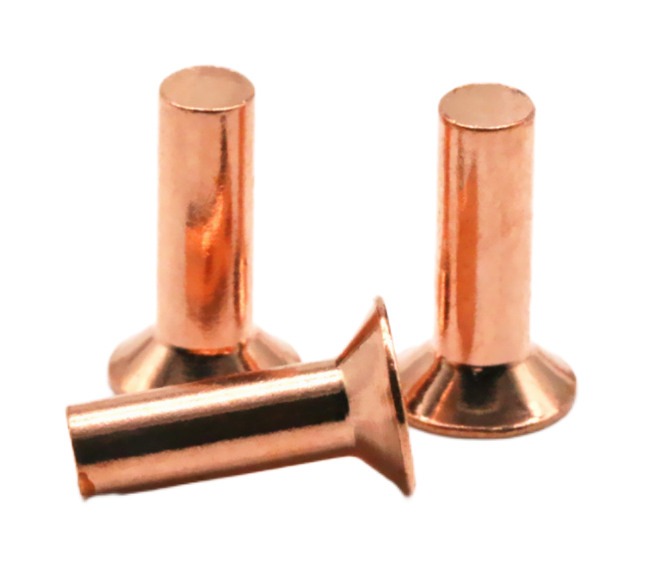Exploring the Different Types of Pop Rivets
Pop rivets, also known as blind rivets, are essential fasteners widely used in various industries and DIY projects. They offer a simple and effective way to join materials quickly, even when access to the backside of the workpiece is limited. Pop rivets are versatile and come in several types, each designed for specific applications. In this article, we focus on the topic of types of pop rivets, delving into the various types of pop rivets, unique features and uses of pop rivets, and the factors to consider to select the right type.
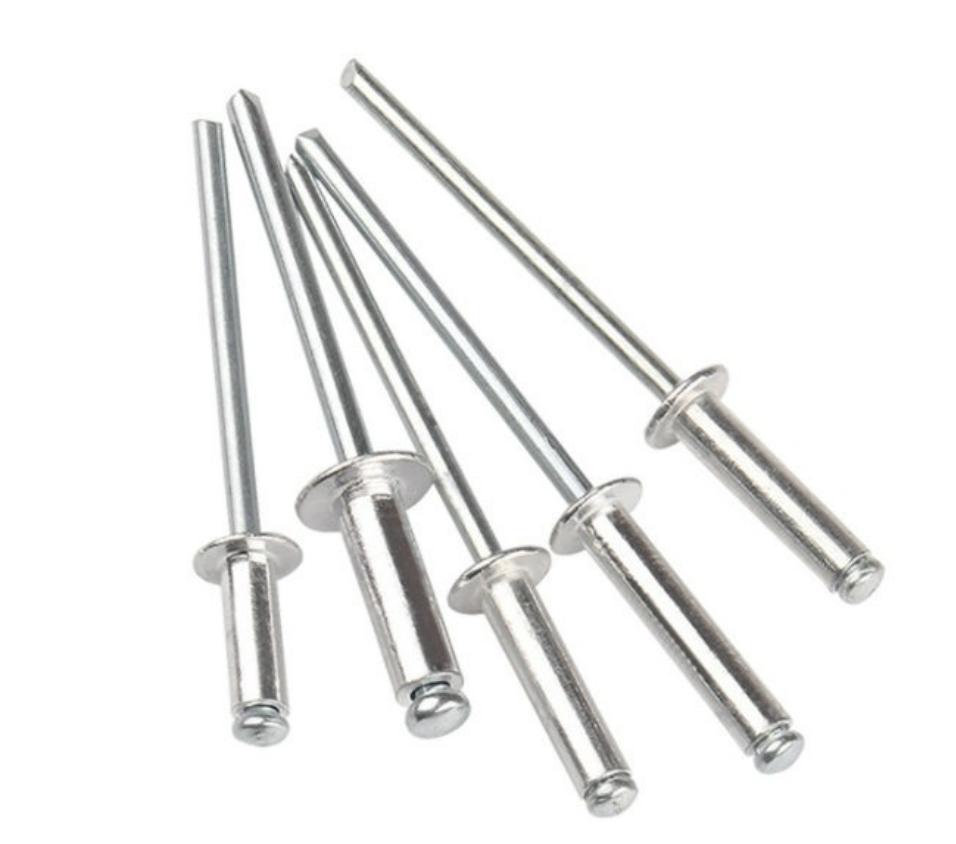
Various Types of Pop Rivets
1. Open-End Pop Rivets
The most common type is an open-end pop rivet, which consists of a tubular rivet body and a mandrel (stem). They are intended for general-purpose use and are appropriate for attaching materials of low to medium strength. The mandrel of an open-end pop rivet is pulled through the rivet body, causing it to expand and grasp the materials together. These rivets are commonly used in the construction, automotive, and sheet metal industries.
2. Closed-End Pop Rivets
Closed-end pop rivets are similar to open-end rivets except that the blind side has a sealed, domed head. This shape keeps moisture and debris out of the rivet, making them perfect for applications requiring a waterproof or airtight seal. Closed-end pop rivets are frequently employed in the production of air conditioning systems, refrigeration units, and electronic enclosures.
3. Multi-Grip Pop Rivets
Multi-grip pop rivets, also known as grip range rivets, are intended to tolerate material thickness changes. They offer a wider grip range, making them ideal for attaching materials of varying thicknesses. These adaptable rivets are utilized in areas where precise measurements are difficult, such as aerospace and automotive.
4. Structural Pop Rivets
Structural pop rivets, also known as high-strength rivets, are designed for applications that require great load-bearing capabilities. They are suited for applications such as aircraft, construction, and heavy machinery. Structural pop rivets are composed of high-strength materials like aluminum, steel, or stainless steel, and they create a dependable and long-lasting connection.
5. Large Flange Pop Rivets
Large flange pop rivets have a wider head, offering better load distribution and resistance to pull-through. This feature makes them suitable for applications where the joined materials may have a tendency to deform or tear under stress. Large flange pop rivets are used in automotive assembly, transportation, and construction projects.
6. Peel Type Pop Rivets
Peel type pop rivets, also known as grooved stem rivets, are designed for joining materials that may be sensitive to expansion or deformation, such as thin plastics and fiberglass. These rivets create a larger, shallow clamp on the blind side, reducing the risk of damage to delicate materials during installation. They are commonly used in the automotive, electronics, and consumer goods industries.
7. Countersunk Pop Rivets
Countersunk pop rivets are intended to produce a flush finish on the surface of the workpiece. They are frequently employed in applications where appearance and a smooth, level connection are required. Countersunk pop rivets are used in the furniture, automobile, and aerospace sectors, among others.
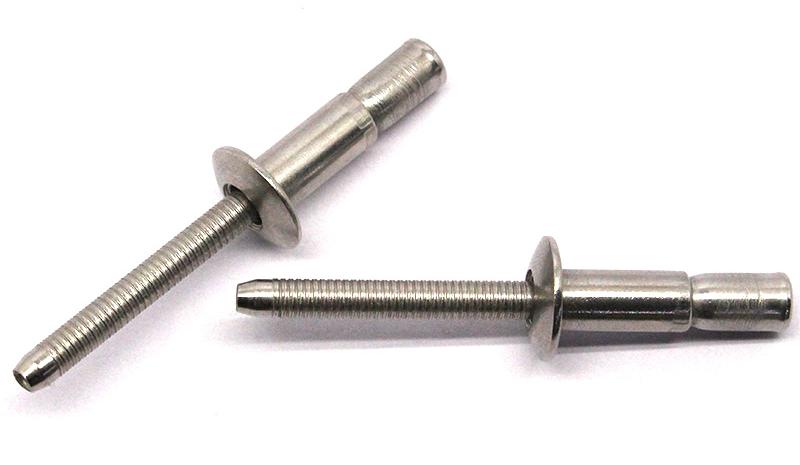
Key Factors to Consider in Select the Right Type of Pop Rivets
Choosing the right type of pop rivets is essential to ensure a secure and effective fastening for your specific project or application.
1. Materials Being Joined
Consider the materials you’ll be joining. Aluminum, steel, stainless steel, and plastic pop rivets are among the materials offered. The strength and corrosion resistance of various materials vary. Choose a pop rivet material that is equal to or stronger than the components you are connecting.
2. Thickness of Materials
Determine the thickness of the materials you wish to join. Different types of pop rivets are designed for specific grip ranges, so choose a rivet with an appropriate grip range that accommodates the thickness of your materials.
3. Strength Requirements
Determine the load-bearing and strength requirements of your application. If you need a high-strength connection, consider structural pop rivets or other specialty high-strength rivets. For less demanding applications, standard open-end pop rivets may suffice.
4. Environmental Conditions
Consider the environmental conditions to which your pop rivets will be exposed. If your project is in a corrosive or outdoor environment, select pop rivets made of materials with good corrosion resistance, such as stainless steel or aluminum. Closed-end pop rivets are also suitable for applications where a watertight seal is necessary.
5. Appearance
If the appearance of the fastener is important for your project, consider using countersunk or large flange pop rivets. Countersunk rivets provide a flush, smooth finish, while large flange rivets distribute the load over a wider area, which can be beneficial for aesthetic or structural reasons.
6. Vibration and Dynamic Loads
Choose pop rivets with strong shear strength and a solid grip if your application involves vibrations or dynamic stresses. Such applications are well-suited to structural pop rivets.
7. Installation Equipment
Consider the tools you have available for pop rivet installation. Some types of pop rivets may require specific tools or equipment. Ensure that you have the appropriate rivet gun or tool for the chosen rivet type.
Examine the installation site’s accessibility. Consider peel type pop rivets or other specifically designed rivets where access is limited to reduce the risk of harm to delicate materials.
8. Regulatory Compliance
In some industries, regulatory requirements may dictate the choice of fasteners, such as aerospace or automotive standards. Ensure that the pop rivets you choose meet any relevant industry standards.
9. Cost
Finally, consider your budget. Different types of pop rivets may vary in price, so balance your project’s requirements with your budget constraints.
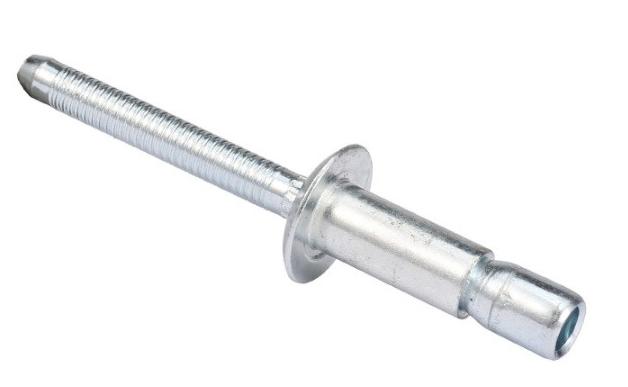
Conclusion
Pop rivets are an essential component of the fastening industry, providing an efficient and dependable way to attach materials of various types and thicknesses. The right type of pop rivet must be used to ensure the connection’s integrity and endurance. Understanding the many types and applications of pop rivets allows you to make educated judgments and build strong, trustworthy connections.

